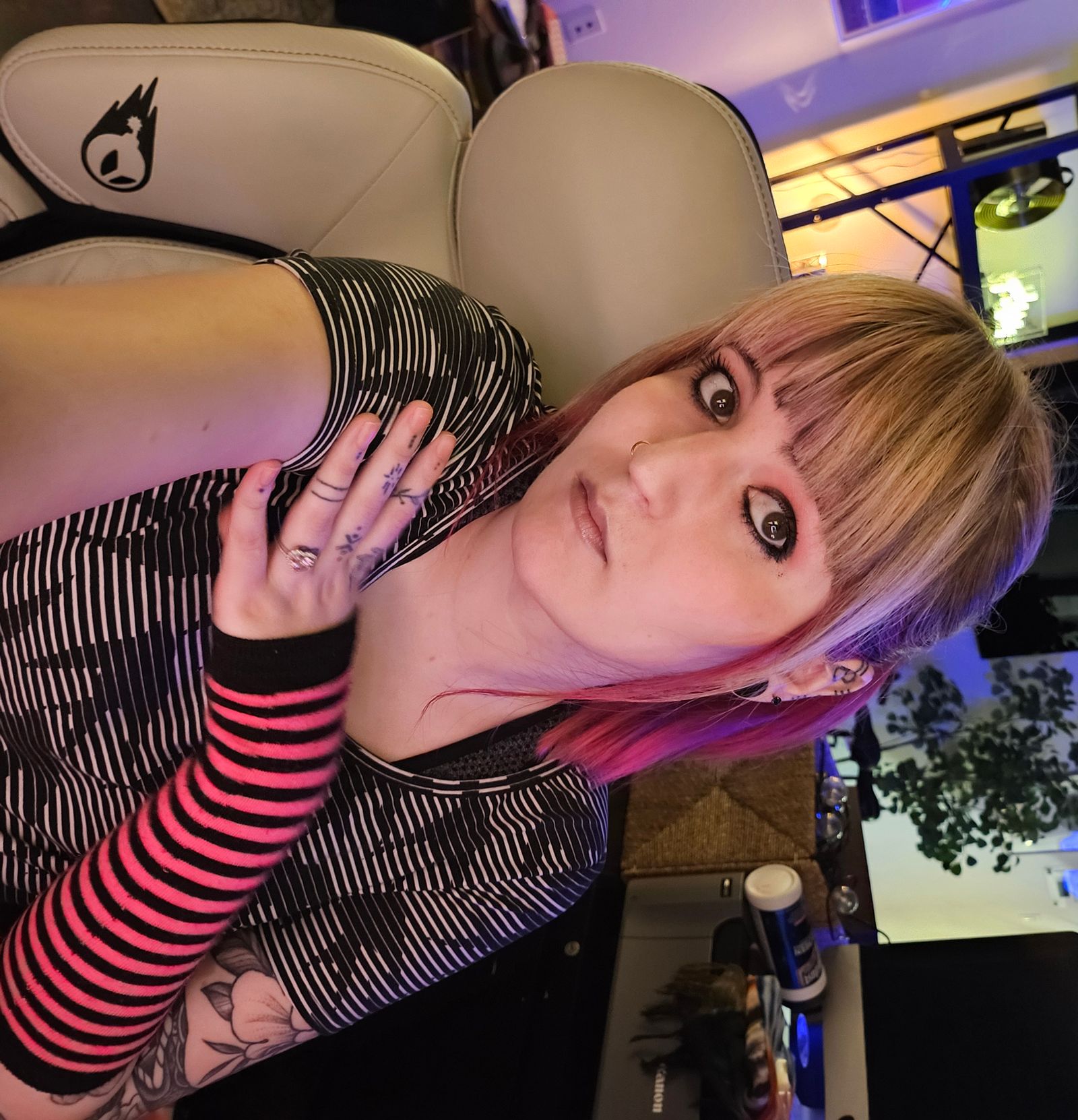Code and Ink: Balancing Software Development and Tattoo Artistry

Code and Ink: Balancing Software Development and Tattoo Artistry
Most people assume that software development and tattoo artistry exist in completely different worlds—one digital, one physical; one logical, one artistic. But after years of living in both spaces, I've discovered they're surprisingly complementary. Both require precision, patience, and the ability to translate someone's vision into reality.
The Unexpected Parallels
Problem-solving mindset: Whether debugging code or figuring out how to make a complex tattoo design work on someone's anatomy, both crafts demand creative problem-solving. You're constantly asking "How can I make this work better?"
Attention to detail: A misplaced semicolon can break your entire application. A shaky line can ruin a tattoo. Both require steady hands (literally or figuratively) and unwavering focus on the small things that make or break the final result.
Client collaboration: In software, you're translating business requirements into functional code. In tattooing, you're translating someone's personal story or aesthetic vision into permanent art on their body. Both require active listening, clear communication, and the ability to manage expectations.
Iterative process: Code goes through multiple revisions—draft, review, refactor, deploy. Tattoos follow a similar pattern—consultation, sketch, revision, stencil, application. Both crafts benefit from iteration and refinement.
The Physical vs Digital Balance
After spending 8-10 hours staring at screens, there's something deeply satisfying about working with my hands in the physical world. Tattooing engages different parts of my brain and body:
- Tactile feedback: Feeling the buzz of the machine, the texture of skin, the weight of the needle
- Immediate visual results: Unlike code that runs in abstract systems, tattoo progress is immediately visible
- Human connection: Direct, personal interaction rather than Slack messages and code reviews
- Artistic flow state: Similar to the coding flow state, but accessed through different creative channels
How Each Skill Improves the Other
From coding to tattooing:
- Systematic thinking: Breaking complex designs into manageable components
- Documentation habits: Detailed consultation notes, aftercare instructions, progress photos
- Quality assurance: Testing stencil placement, checking line work, ensuring consistency
- Project management: Scheduling, time estimation, managing multiple client projects
From tattooing to coding:
- Spatial reasoning: Better understanding of layout, proportion, and visual hierarchy
- Patience with detail work: Comfort spending hours perfecting small elements
- Client communication: Reading between the lines of what people actually want vs. what they ask for
- Adaptability: Working around constraints (skin texture, body movement, client comfort)
The Learning Curve Comparison
Both fields have steep learning curves, but they're steep in different ways:
Software development:
- Logical complexity that builds on itself
- Constantly evolving tools and frameworks
- Abstract problem-solving
- Mistakes are usually reversible
Tattoo artistry:
- Physical skill development takes time
- Understanding skin as a medium (healing, aging, stretching)
- Irreversible mistakes (mostly)
- Health and safety regulations
The combination means I'm always learning something new, whether it's a new JavaScript framework or a new shading technique. Mental flexibility is key.
Managing Two Creative Careers
Time management: I code during typical business hours and tattoo evenings/weekends. This works well since many clients prefer after-work appointments anyway.
Mental switching: I've developed rituals to transition between mindsets—closing the laptop and setting up the tattoo station becomes a mental reset.
Income balance: Software provides stable income while tattoo work offers creative fulfillment and supplemental income. The combination provides both security and artistic satisfaction.
Skill cross-pollination: Design software skills help with tattoo design. Attention to detail from tattooing improves code quality. Client management skills transfer directly.
The Creative Fulfillment Factor
Software development satisfies my logical, problem-solving brain. I love the elegance of clean code, the satisfaction of solving complex technical challenges, and the collaborative nature of modern development.
Tattoo artistry feeds my need for immediate, tangible creative output. There's something profound about creating permanent art that becomes part of someone's identity and story. The human connection is deeper and more personal than most professional interactions.
Together, they create a fuller creative life than either would provide alone.
Advice for Multi-Creative Careers
Start with one: Don't try to master both simultaneously. I was a developer first, then gradually built tattoo skills over time.
Find your rhythm: Experiment with schedules and transitions until you find what works for your brain and energy levels.
Let them inform each other: Look for ways each skill can improve the other rather than keeping them completely separate.
Manage client expectations: Be clear about your availability and boundaries. Clients in both fields need to understand your dual commitments.
Invest in quality tools: Good equipment matters in both fields. Budget for proper development setup and professional tattoo equipment.
The Long View
Both coding and tattooing are lifelong learning pursuits. Technology evolves, art styles change, techniques improve. Having two creative outlets means I'm never bored and always growing.
The combination also provides resilience—economic downturns affect different industries differently, and having diverse skills creates more opportunities and stability.
Most importantly, both crafts involve helping people. Whether I'm building software that solves real problems or creating art that has personal meaning, the work connects to something larger than just the technical execution.
Beyond the Binary
The idea that you have to choose one career, one creative outlet, one identity feels increasingly outdated. Why limit yourself when you can develop multiple facets of your creativity and problem-solving abilities?
Code and ink might seem like an unusual combination, but they've taught me that the best creative work happens when you bring your whole self—logical and artistic, digital and physical, systematic and intuitive—to everything you do.
The future belongs to people who can bridge different worlds, translate between different mediums, and solve problems with diverse tools. Whether that's debugging a React component or perfecting a delicate linework tattoo, it's all part of the same creative journey.
This post was written during a brief break between coding sessions and tattoo appointments. The best of both worlds.